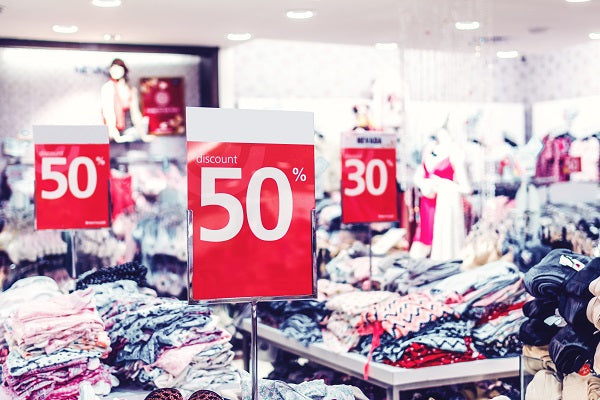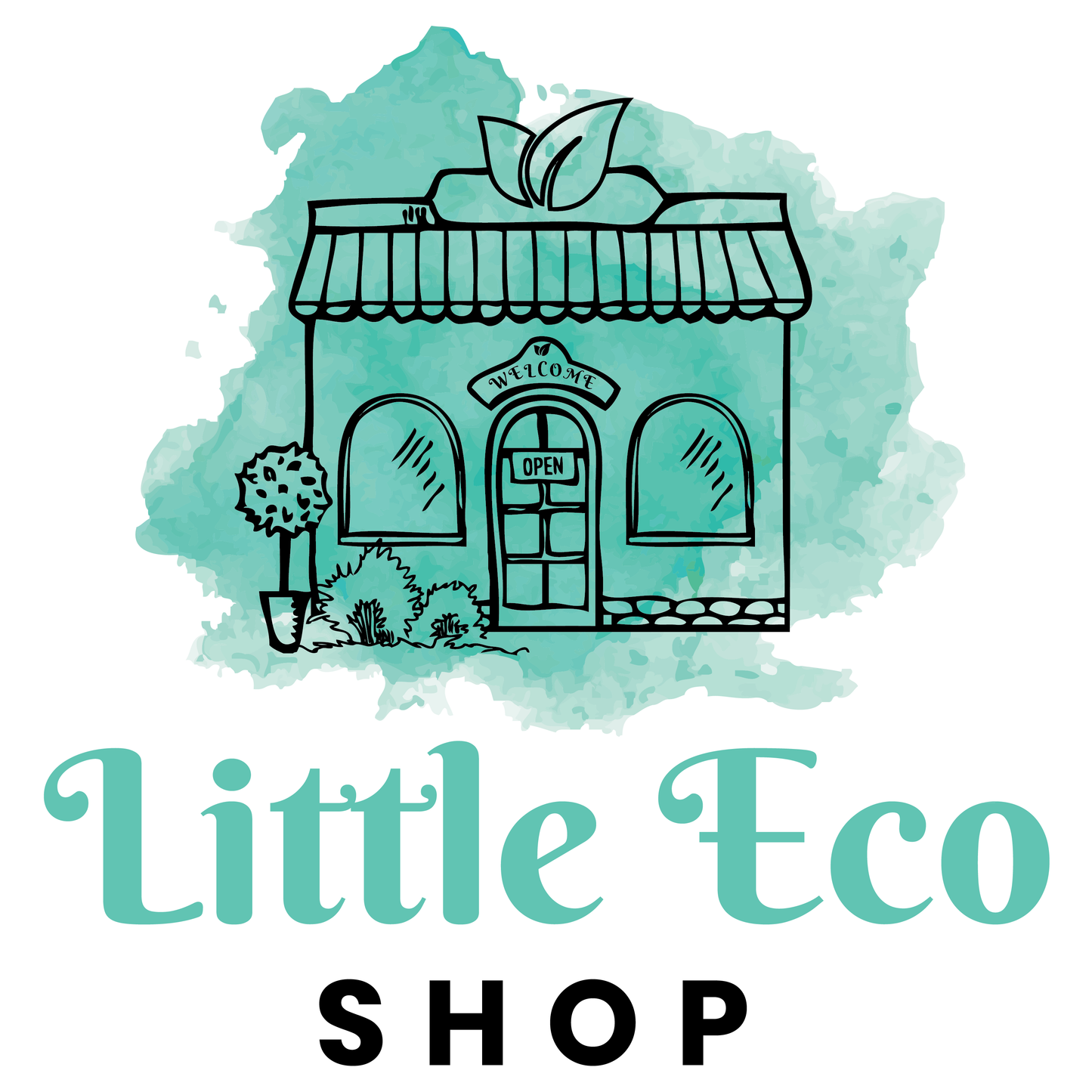
At the beginning of 2019, I committed to buying no new clothes for a full year. As I enter the final weeks of this task, I reflect on my reasons for choosing this path, what I’ve learned and how I’ll approach clothing consumption from here on out. In doing so, I hope that I’ll encourage you to embark on a similar undertaking, and become more mindful of your shopping habits.
In 2013, Bangladesh’s Rana Plaza textile factory, became a tiny blip on the collective radar when the building collapsed, killing 1134 people and injuring hundreds. My hope is that the conventional clothing industry will collapse too, like the house of cards it is – how long can the abuse, slavery, waste and pollution really continue? The answer: as long as we allow it to – as long as we continue in blissful naïveté or worse, blatant ignorance, of the corporate cost-cutting refusing fair and safe conditions to textile workers.
The stone-cold truth is that people die (!!!) for the clothes on our backs. After Rana Plaza’s collapse, big brands made bold promises, but textile workers still suffer. Grand statements about stronger safety regulations and stricter policing, evidence of shifty public relations, more so than meaningful strides towards enhanced quality of life for the human beings that they profit from. Corporate was counting on the rest of the world to forget and move on with our cotton wool-covered lives.
A 2013 Accord on Fire and Building Safety in Bangladesh, signed by global unions and more than two hundred clothing brands, was intended to strengthen corporate accountability for factory safety, but strict supply deadlines and inadequate oversight have guaranteed poor follow-through, and heinous conditions abound. The Accord’s preoccupation with building safety ignores the more pressing matter of employee wellbeing.
Documentaries, China Blue and The True Cost, paint a picture of long hours, verbal abuse, crowded and unsanitary living quarters, woefully low pay, starvation, malnutrition, inadequate healthcare, dust and smoke inhalation, poor ventilation, eyestrain, musculoskeletal pain, chronic stress and mass fainting. Exposed electrical wires and handling of toxic chemicals compound the health impacts these workers face.
The clothing and textile industry is one of the world’s largest polluters, second only to Big Oil. It contributes ten percent to global greenhouse gas emissions, thanks to its long supply chains and high energy usage. Nearly 20 percent of global wastewater is produced by the fashion industry. In parts of China and India, farmers predict fashion’s next big hue, by the colour of their waterways, tinted by textile industry runoff.
Cotton, the fashion industry’s most used fabric, is one of the world’s dirtiest and thirstiest crops. It accounts for 2.5 percent of the world's arable land, but a whopping 16 percent of the world's pesticide use. Lifecycle analysis shows that conventional cotton production - from growth to disposal - has a tremendously negative impact on the environment, spurring climate change, excess water and energy consumption, and pollution of the air and waterways. A 2012 study, by Cotton Incorporated, found that one thousand kilograms of conventional cotton, will produce forty-two thousand kilograms of carbon dioxide emissions, throughout its lifecycle!
And then there is the sheer volume of waste spewing out of fashion outlets, textile factories and our wardrobes, burdening landfills with plastic-based fabrics that won’t breakdown for centuries. About 15 percent of fabric intended for clothing, ends up on the cutting room floor and up to 95 percent of textiles sent to landfills, annually, could have been recycled. In Australia alone, more than 500,000 tonnes of clothing ends up in landfills, every year.
You’ve heard the cliché: ‘everything old is new again’. Absurdly, many of us seek out vintage-style clothing that is brand new, poorly made and overpriced, when we could source high-quality, second-hand pieces from op shops. Fashion is a means of self-expression, but fast fashion brands take this notion to the extreme – designing garments in multitudes, every season. I’m appalled as I glance at their sales racks, crammed with hundreds of rejects. I’m no fashion buyer, but it seems patent to me that certain styles were never going to fly out the door. I shake my head in a cluster of anger, heartache and befuddlement, surveying the $5.00 sales price and $50.00 RRP. If an item can sell for $5.00, and its retailer still net a profit, this doesn’t bode well for the garment’s maker.
While you won’t be any worse off for walking past that bang-on-trend chain store outfit, another person’s life will be worse if you stop and buy it. Every single fast fashion purchase reinforces and perpetuates a broken, exploitative system of clothing production, one that utilises slavery and child labour and denies a living wage to its workers. Now enlightened to the industry’s true nature, I endeavour to purchase only from ethical brands, but deceptive marketing makes it tricky to discern who the good guys are.
I often ponder ways to reduce my impact on the earth and its inhabitants – shunning consumerism seems one of the most potent ways to do this as it tackles multiple problems at once – chemical pollution, waste, corporate greed and human rights abuses. When I came across the idea to avoid buying clothes for a year, it was a no-brainer – I could lighten my burden on the earth and fulfil my love of a good challenge. I created a dedicated Facebook group, under Little Eco Shop’s business page, and encouraged my social media community to get on board. Participants were free to buy second-hand items, but I decided to test myself by avoiding these too. I already op-shop for myself and my children, so dodging any and all clothing purchases was the logical next step.
The challenge was no cake walk – it’s not apparent how conditioned we’ve become, until faced with a situation in which you’d ordinarily buy something, but must resist. A visit to a favourite store was particularly tortuous but, to my surprise, in speaking to staff about the challenge, they were so lovely and encouraging, making it easier to walk out empty-handed. I soon learnt to avoid browsing clothing stores altogether! I shifted uncomfortably through winter, in tight skinny jeans, and would’ve loved some casual, loose-fitting pants for working at home, but I had to suck it up and do without. No one died.
I am hanging for a new rash vest now that its warmer. Last year’s is threadbare and stretched to within an inch of its life, so I’ve had to wear a t-shirt in the pool or pile on reef-safe sunscreen so far this year. I will invest in a new rashie once the year comes to a close, as they’re essential to skin health (especially with my pasty British skin!), but I will be sure to choose from a Fairtrade brand. Bonus points if it’s second-hand and crafted from recycled plastic!
This experience has permanently coloured the way that I view my wardrobe and clothes shopping. We really don’t need that many clothes – a few well-chosen staples can be mixed and matched to see us through the seasons. I’ve noticed that I favour the same stalwarts, over and over, and the bulk of my wardrobe goes largely unloved. Come January, I will look to op shops, should I need anything. You can pick up amazing, un-worn finds for a pittance, especially for kids. Just recently, I bagged a three-dollar pair of near-new Converse sneakers for my daughter. It’s simply a matter of scoping out the best second-hand outlets in your area.
When eyeing future purchases, I will take a step back and ask myself: Do I really need this? Will it be worn plentifully? Does it fit well? Is it high-quality and destined to last? Is it made of natural fibres that won’t harm the globe? I like the idea of walking away to consider these questions; if it ticks all the boxes and I can’t stop thinking about the item after a week, I’ll come back for it. In doing so, I’ll know that I’m making a worthwhile purchase. I will continue to restrict my clothing purchases into the new year and beyond. Buying fewer items will mean that I can splurge on truly ethical brands, who safeguard the wellbeing of their workers and that of the planet.
=========================================================
If you need any further inspiration to give this challenge a go yourself in 2020, here are some of the reflections of some of the other daring ladies who undertook the 2019 challenge with me:
“Hi Hazel,
Firstly, I am so thankful to you!
I did not buy anything but was been gifted 3 -4 tops by family on our overseas visit. It saved money, time and landfill. Seeing me my husband also stopped buying clothes.
I am so inspired and will be doing this for next year as well. But will pause for 2 weeks to stock up.
This time I have decided to buy clothes from op shops. Now I know what I use more so based on that I will buy new ones.
I have managed this year with just 3 pants. So I will buy brand new pants.
Also our house changed to a plastic-free home!”
-Saha
“It has opened my eyes in how much “damage” I cause this world when I buy things that I don’t really need! I now remind my children how I put minimal print on the earth in the last 12 months - and it is for their generation. Great initiative, Hazel”
-Bren
“I think I have enjoyed it.
When I see clothes for sale, instead of buying them because they are cheap I remind myself I don’t need it.
I found great items on gumtree for the whole family.
I definitely enjoyed the savings!”
-Jodie
“I've loved the challenge and only purchased new when given vouchers for presents etc. I did have to buy some maternity swimmers (necessity!).
I've realised I don’t wear most of my wardrobe anyway.”
-Kim
“Hi Hazel, it's been a great year.
I must admit I’ve bought a few items in the last month but still no Yoga tights... I’ve even sold 3 pairs I already own!
I've loved the challenge and won’t immediately go to buy something new but resource what I've got.”
-Lisa
